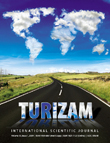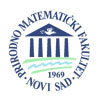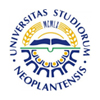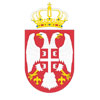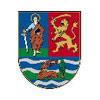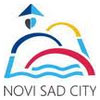Cultural Bubbles Inside Tourism Space
Aleksandra Dragin
Department of Geography, Tourism and Hotel Management, Faculty of Sciences - University of Novi Sad, Serbia
Novi Sad has become an important cultural tourism niche for the tourism types in which travel motivations are based on cultural offer of a destination. The illustrative example is cruise tourism in which Novi Sad has distinguished itself in the last 15 years as an attractive river cruising destination. It seems that this contingent of tourists has similar needs, since they mostly belong to the baby boomers population group and they are attracted by architecture, tradition and interaction with the local population. Based on that knowledge, it seems that tourist offer can be easily designed.
Cohen says that in mass tourism “the modern tourist is not so much abandoning his accustomed environment for a new one as he is being transposed to foreign soil in an ‘environmental bubble’ of his native culture”. He argues further that a mass tourist “views the people, places, and culture of [that] society through the protective walls of his familiar ‘environmental bubble’” (Cohen, 1972:166–167; Jaakson, 2004: 44).
It has been confirmed that cruise tourists arrive to Novi Sad from approximately forty countries all over the world. Surely, each of the tourists experiences the destination through their own cultural bubble and its holders - the local population. The research data indicate that one in four cruise tourists arriving to Novi Sad are from the United States.
The idea of this study was to examine how potential tourist offer creators, the members of our national culture, our youth, would experience the culture of the United States. Hofstede's model based on cultural dimensions theory: power distance; individualism vs. collectivism; uncertainty avoidance; masculinity vs. femininity; long-term orientation vs. short-term orientation; indulgence vs. restraint was used in the research. Respondents were divided into two groups: those who have lived and worked in the USA (the sample A) and those who have not lived in the USA (the sample S). The initial part of the questionnaire contained questions related to social-demographic profiles of the respondents and additional issues were added related to their stay in the United States for the sample A. The key part of the questionnaire referred to the perception of American culture. The respondents (both samples) selected one of two offered opposite statements of 82 items, divided into six dimensions. In each sample index values were determined for the dimensions mentioned, which were also compared between sample A, S and the original Hofstede’s sample. The third part of the questionnaire was related to the source from which respondents obtained the information about American culture (the sample A).
The findings indicate that personal experience of temporary residence in the United States has had the highest impact on the perceptions of American culture (the sample A). In that case, are the answers different between the samples A and S in 82 items of six dimensions of Hofstede's model? These are the key results of the research, which can be used by tourism-policy makers.
Key words: cultural dimensions theory, Hofstede, American culture, tourist, Serbia, cultural bubbles

